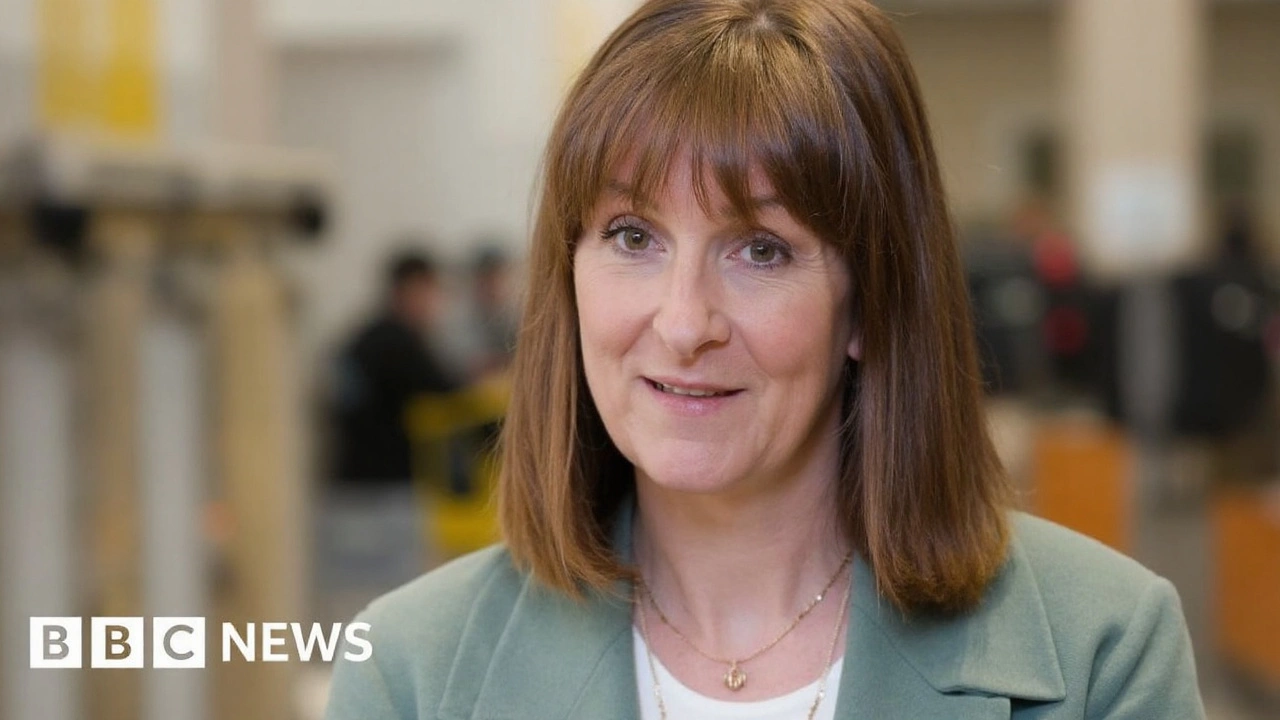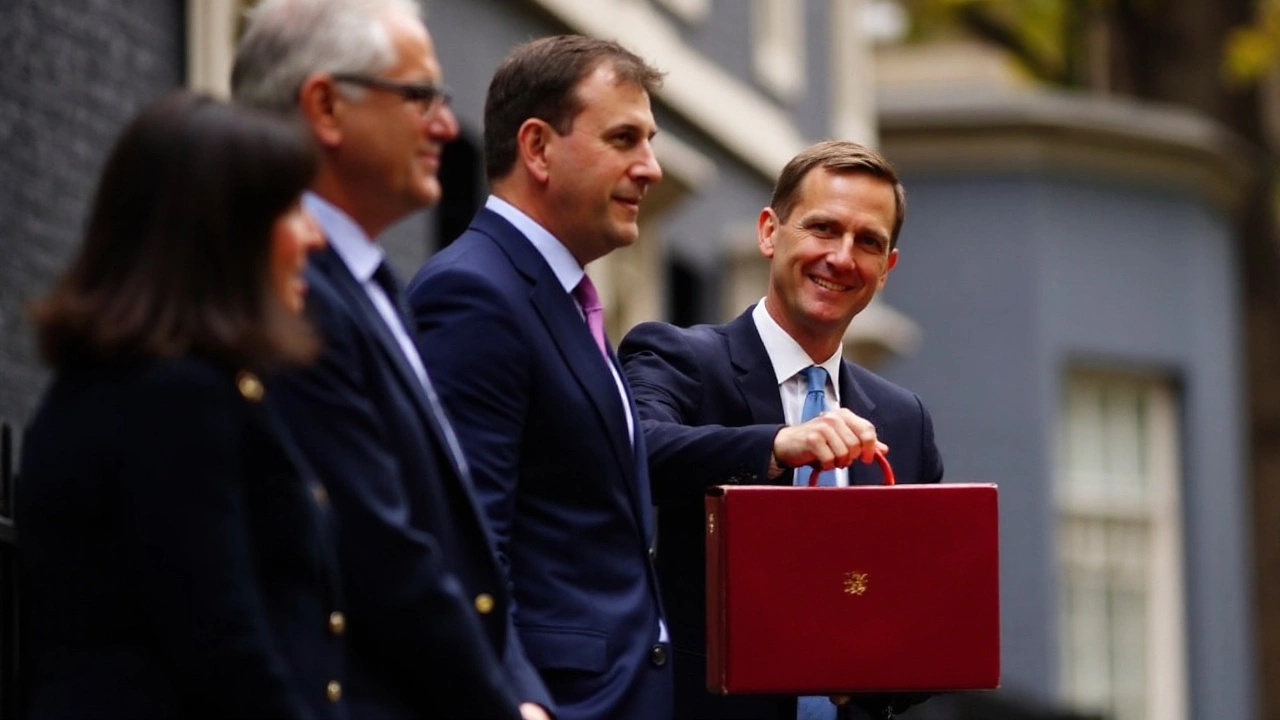
UK Borrows £20.7B in June: Near-Pandemic Levels of Debt
Britain’s public finances just got another unwelcome headline. Government borrowing for June 2025 shot up to £20.7 billion, which makes it the second-worst June since records began three decades ago. The only time we saw more borrowing was back in June 2020, when COVID-19 flipped the economy upside down. This time, no pandemic excuses—the deficit is growing for more complex reasons.
The Office for Budget Responsibility had set a forecast in March, but the actual figure smashed it by £3.5 billion. It’s not just a blip either. The borrowing is a whopping £6.6 billion higher than what the government borrowed last June. April 2025 wasn’t much better, with the public sector racking up £20.2 billion in debt—the fourth-highest April on record.

What’s Driving the Debt Spiral?
A chunk of the increase lies in the painful cost of servicing Britain’s debt. Thanks to higher interest rates that have been stubbornly sticky, the government is forking out much more just to pay the interest on what it already owes. This is eating into recent boosts from income tax and national insurance receipts.
June’s current budget deficit—the money the government must borrow to cover daily spending—reached £16.3 billion. That’s an eye-popping £7.1 billion higher than the previous June. On the investment side, government net investment stood at £4.4 billion, only slightly lower than last year. So, the surge is really coming from the day-to-day bills and mounting interest, not extra infrastructure projects.
Looking at the broader picture, the first two months of the 2025-26 financial year show Britain has borrowed £37.7 billion already. Compared to last year, that’s £1.6 billion more, though it is still £2.9 billion less than what was forecast. Even if it’s a touch under projections, the overall trend is moving upwards and raises alarm bells for future spending plans.
There’s no sugarcoating things for Rachel Reeves, the current Chancellor. She’s under the microscope because her plan is to rein in borrowing and cut the debt by 2030. With numbers like these, critics and investors are wary. Managing these pressures—especially when growth is sluggish and tax revenues aren’t taking off—looks really tough.
- June 2025: £20.7B borrowed (2nd highest June on record, up £6.6B from June 2024)
- April 2025: £20.2B borrowed (4th highest April)
- Budget shortfall (deficit): £16.3B in June (up £7.1B year over year)
- Net investment: £4.4B (just under June 2024)
The structural pressures—rising interest rates, persistent deficits, and underperforming tax revenue—are putting Chancellor Reeves’ goals on thin ice. As the numbers pile up, so does the pressure. The next few months will be a real test for how the government plans to dig itself out of this deepening hole.




